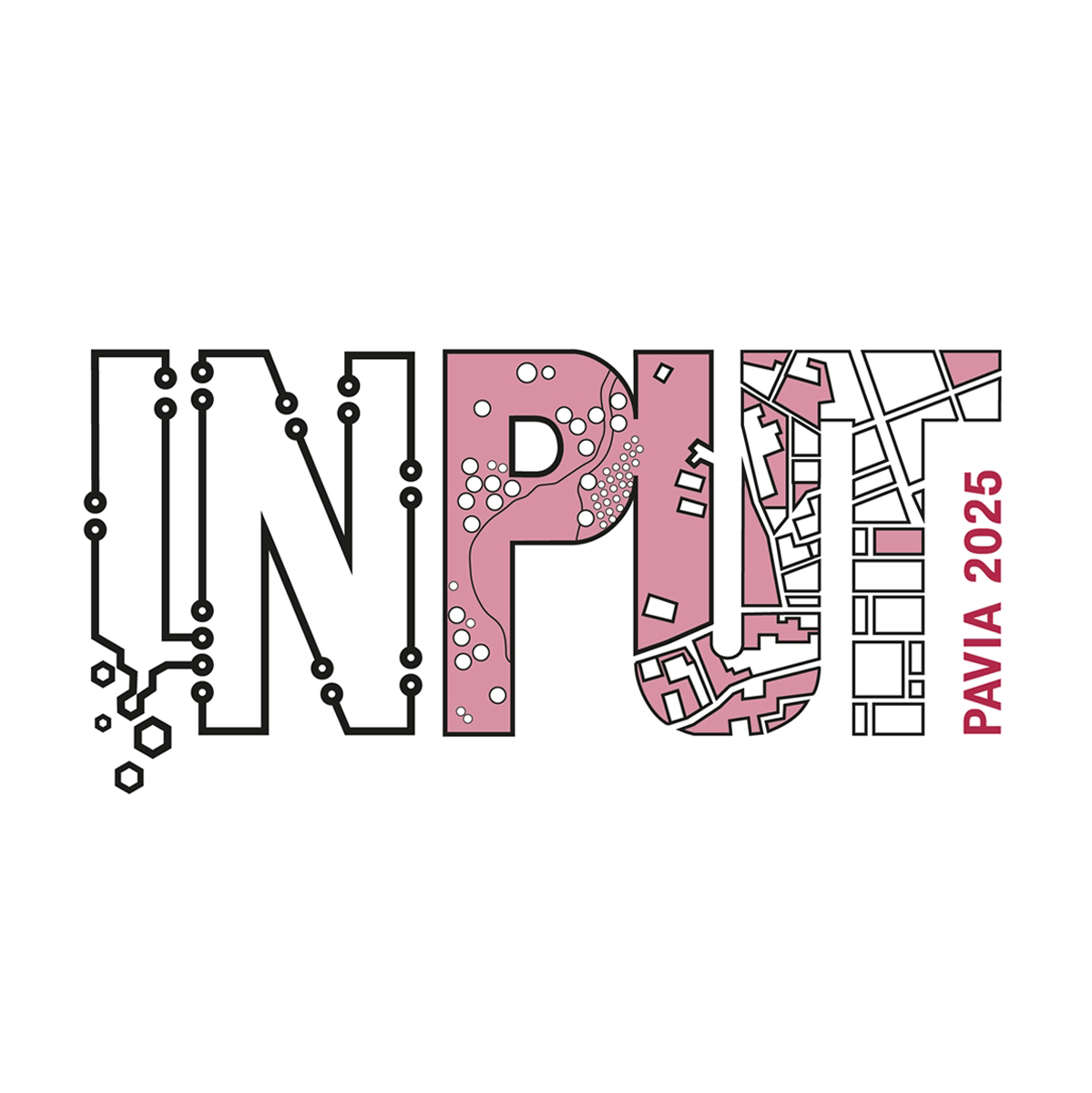How Is the City Moving? Tracking Flows and Enhancing Planning Policies
Garau Chiara (University of Cagliari), Corazza Maria Vittoria (Sapienza University of Rome), and Delponte Ilaria (University of Genoa)
Reaching detailed and real-time knowledge of mobility needs and flows has been for long primary wish for territorial planners and policymakers in order to ensure responsive and forerunner design of institutional initiatives.
In this direction, chosen approaches and methodologies have therefore evolved during decades due to the sudden affirmation of disruptive technologies. Qualitative techniques have initially allowed urban planners and policy makers to deepen citizens mobility patterns and needs, on a individual basis. Together with on site surveys, revealed and stated preferences interviews set the initial background for a progressive data-driven approach.
Nevertheless, subsequent affirmation of sensors supporting massive data collection, together with digital tools enabling data management and processing changed the way scholars and policymakers looked at planning-oriented mobility knowledge. Quantitative methodologies stepped in, being pivotal both on the side of the state-of the-art reconstruction within modeling environments, as well as to build dashboards and decision support systems driving planning and policies design.
Planner and scholars ambition to collect growing amount of continuously generated data has been supported by the consolidation of Big Data concept and with the availability of more and more sophisticated Artificial Intelligence-driven tools paving the way for the implementation of a real-life Smart City utopia, in which the contribution of citizens-users, has emerged dramatically both as an ethical prerequisite to support policy design, as well as a pragmatic way to overcome privacy-related. Taking into account these changes and the resulting challenges, the Session expects inherent contributions:
- Examples and lessons learnt on traffic and mobility surveys;
- Cases on the use of transport-related mapping, databases and statistics;
- Home-work and home-school travel plans;
- Applications on LPT services;
- Travel data sharing: tracking methods and barriers;
- Willingness to pay and experiences of nudging and rewarding;
- Gender mobility issues.
Keywords: transport flows’ analysis, mobility tracking, survey techniques, data sharing, users-centered approach
